Saluting a man and his cause
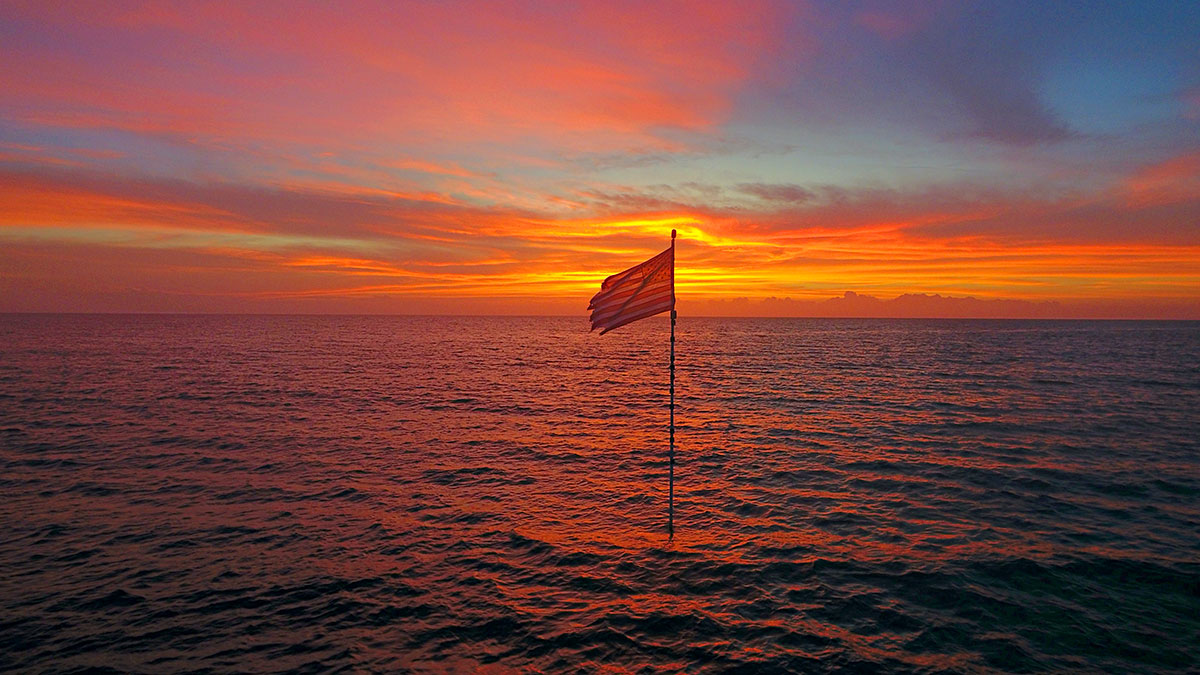
Flag-raising above the Boiler Wreck symbolizes hope for and dedication to popular diver and his beloved ocean reefs
BY KERRY FIRTH
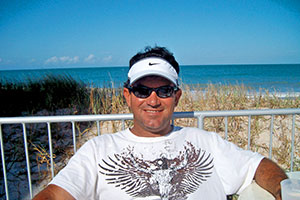
On the Fourth of July, an American flag will seemingly rise from the depths of the ocean just offshore from Vero Beach’s popular Sexton Plaza and fly proudly above the crest of the waves. Its origin and purpose are often questioned by oceanfront diners and hotel guests and locals who walk the beach daily. But few know that the history and legacy of the mysterious flag is just as spellbinding as what is resting on the ocean floor.
The coral reefs off the Treasure Coast have been treacherous for numerous ships. Many have washed ashore during storms and hurricanes throughout the centuries, thus giving the area its unique nomenclature. The closest reef, which is 150 yards from shore, is where the SS Breconshire met her demise in April 1894. Her wrecked hull, which is just a short swim from shore, is in 15 or 20 feet of water, making it a popular snorkeling spot.
The SS Breconshire was built in 1883 by Sunderland Shipbuilding Co. in Sunderland, England. Originally named the Numida, she was 300 feet long, had a 37.2 ft. beam, displaced 2,544 gross tons and was powered by a 250nhp compound engine. The British cargo ship was purchased by Jenkins & Co. of London in 1893 and renamed the SS Breconshire, which is the name of a county in South Wales. She was traveling from New York to Tampa when she foundered on the coral reef due to faulty navigational charts, never to motor again.
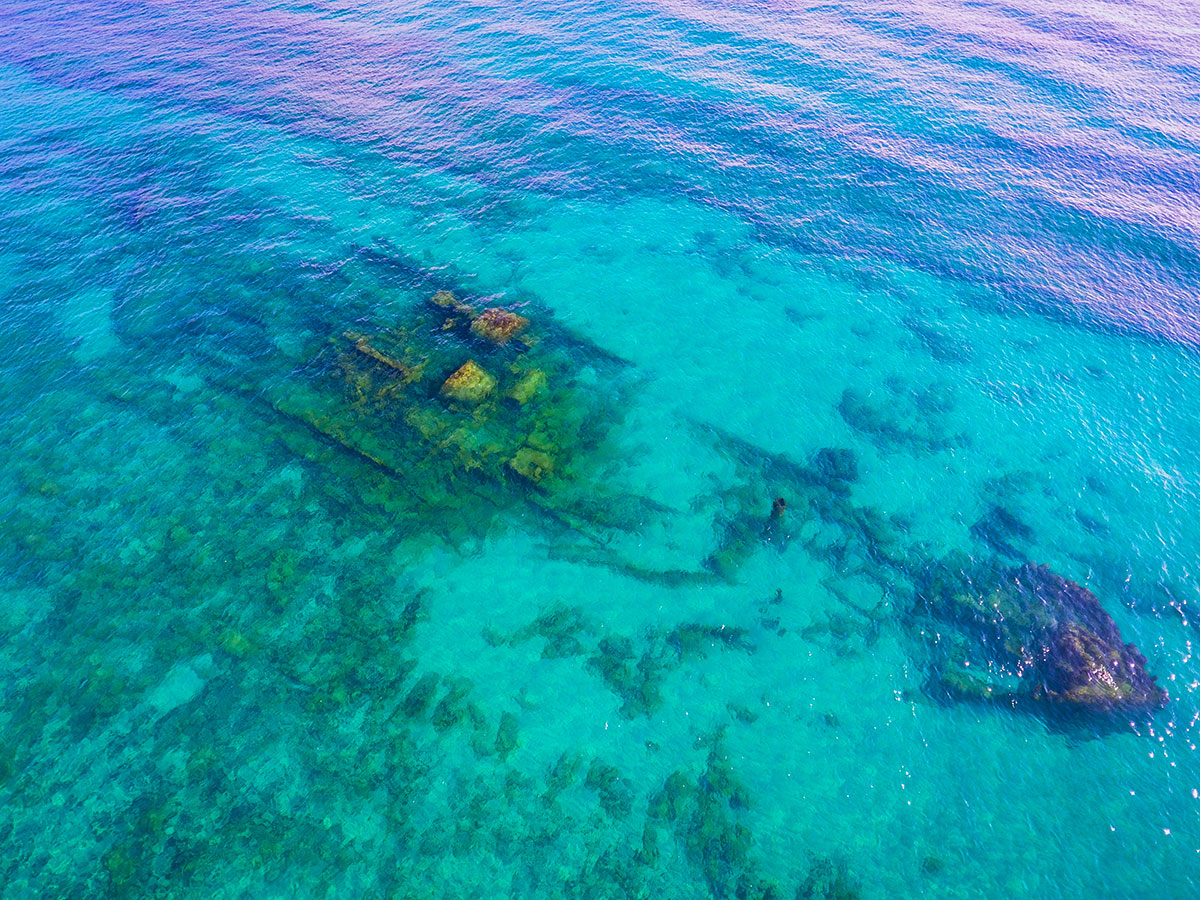
The 19th century shipwreck, also known as the Boiler Wreck, is Vero Beach’s most famous shallow-water wreck and one of the few that requires no dive gear to enjoy. All that is needed is a mask and snorkel and anyone can explore the sunken ruins, deteriorated with age but teeming with hundreds of species of tropical fish and marine life. Just a decade or so ago one of the boilers and the bowsprit could be seen at low tide but harsh elements and shifting sands have banished those identifiable features beneath the water.
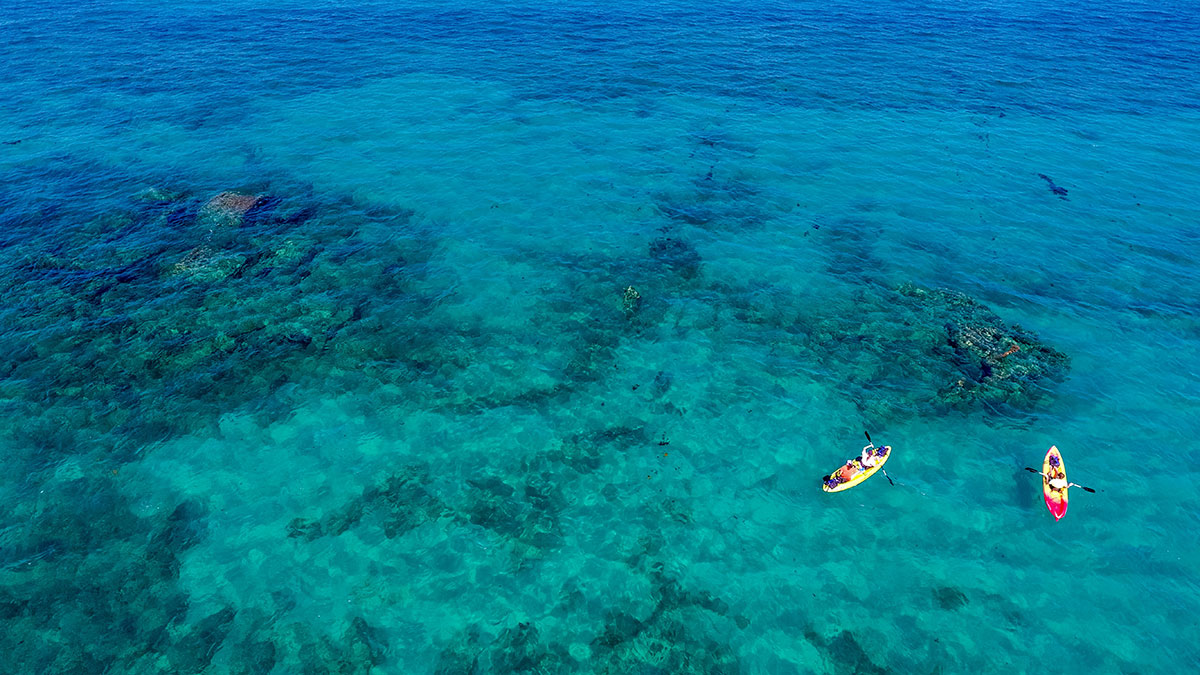
POPULAR SNORKELING SITE
Generations of Treasure Coast residents have explored the site and recall harvesting giant lobsters from the boilers and close encounters with turtles, sharks, grouper, dolphin, tarpon and even a few right whales. But as the years flew by, the wreck was reduced to a mere shadow of its former self, falling victim to the sea’s harsh elements as well as human pillaging. To make matters worse, the city started trucking in sand to enhance the beaches, only to see it washed back to sea, ultimately covering the wreck and the beautiful reefs.
As time and Mother Nature weakened the reef’s fragile ecosystem, divers, including Mike Blatus, became concerned with the damage done by sand pumping. A native of Vero Beach, Blatus worked in cyber optics, but was better known as an environmental activist on a mission to protect the reefs. He was often seen at Vero Beach City Council meetings armed with aerial photos taken before and after the pumping and battling fiercely for them to stop the practice. He wanted the public to understand what damage was being done to the natural resources beneath the ocean surface.
Blatus was a colorful character and a welcome fixture to the Vero Beach community. When he wasn’t exploring his beloved reefs, he could be found riding his bike with his Blue Front Amazon parrot named Peckerhead on the handlebars.

NATURE LOVER
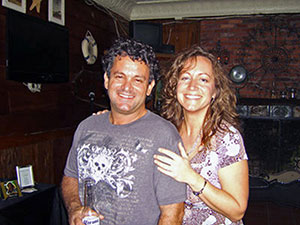
“Everybody loved Mike,” said Jeannie Burke, Blatus’ sister. “He was a true conservationist with a deep-seated love of nature. Even as a child he tried to take care of the environment by nurturing plants and rescuing lizards, snakes and other creatures. His green thumb turned every place he lived into a jungle and he loved the ocean so much that if he could have grown gills and lived there, he would have.”
Blatus was a master lobster hunter and often came back after diving all night with the largest bug and the biggest haul of anyone.
“He lived for the hunt,” Burke said. “He didn’t even like the taste of lobster so he gave them all away. He just thrived on the adrenaline rush from the adventure.”
One Fourth of July in the mid ’90s, he and a friend known as Sailboat Dick took it upon themselves to swim out in the dead of night and mount an American flag on the wreck’s boiler.
It was done in the spirit of American independence to bring awareness to the importance of protecting the reefs.
“They loved the reaction from people as they saw a floating American flag in the middle of the water,” his sister said. “The flag would eventually get blown away by a nor’easter or hurricane and the two would race to see who was the first to put it up the following Fourth of July.” After a year or two their competition waned and the wreck remained unmarked for a number of years.
Despite the beautiful light that shone through his gentle soul, Blatus silently fought the darkness of depression. No one knows for sure what he was thinking when he swam out late at night on July 3, 2009, to once again place the flag on his beloved wreck. Less than two weeks later, he took his own life.
“I often think that it was his final environmentalist act to save the reef he tried to protect his entire life,” Burke lamented.

FRIENDS REVIVE TRADITION
His untimely death shocked his family, fellow divers and all who knew him. The following Fourth of July, longtime friends Keith Hennessey and Angelique Kulynych decided to carry on his tradition and erected the flag on the Boiler Wreck. A few more friends joined in the tradition and the flag has flown every Fourth of July in the decade since his death. The flag is tethered to a 35-foot aluminum mast and fastened to the wreck to help it weather storms. About five years ago, solar lighting was added.

The flag symbolizes hope through a storm or hurricane as it did through last year’s Hurricane Dorian when local news stations filmed it still flapping in wind above the waves. For those hunkered down in their homes, it was a comfort that if the flag was still standing then so was the rest of the community. Eventually the winds took it down but the pole was later recovered.
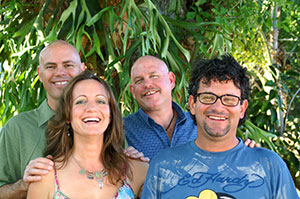
“We all miss Mike’s spirit and his undying love of the environment,” Hennessey said. “He was so passionate about the preservation of the reefs and frustrated that the decision-makers didn’t recognize the damage they did to the reefs by dumping sand on the beach.
“The sand always washes out, clouding the water and blocking the sunlight that is essential for the marine life to live. It’s killing our most precious underwater treasure. Unfortunately, we still haven’t been able to stop the vicious cycle, but we will continue to erect Mike’s flag every July Fourth to keep the awareness and conversation going.”
And so, the legacy of Mike’s flag is forever entwined with that of the SS Breconshire in a fitting memorial to the man who loved it so much. They will forever be the ship and the soul that lost their way in the darkness.
Because the mounting of the flag is subject to ocean and atmospheric conditions, it’s never known exactly when it will happen, but sometime around the Fourth of July it will suddenly reappear in all its glory as a poignant reminder to protect the Earth’s fragile underwater reefs and their inhabitants.

